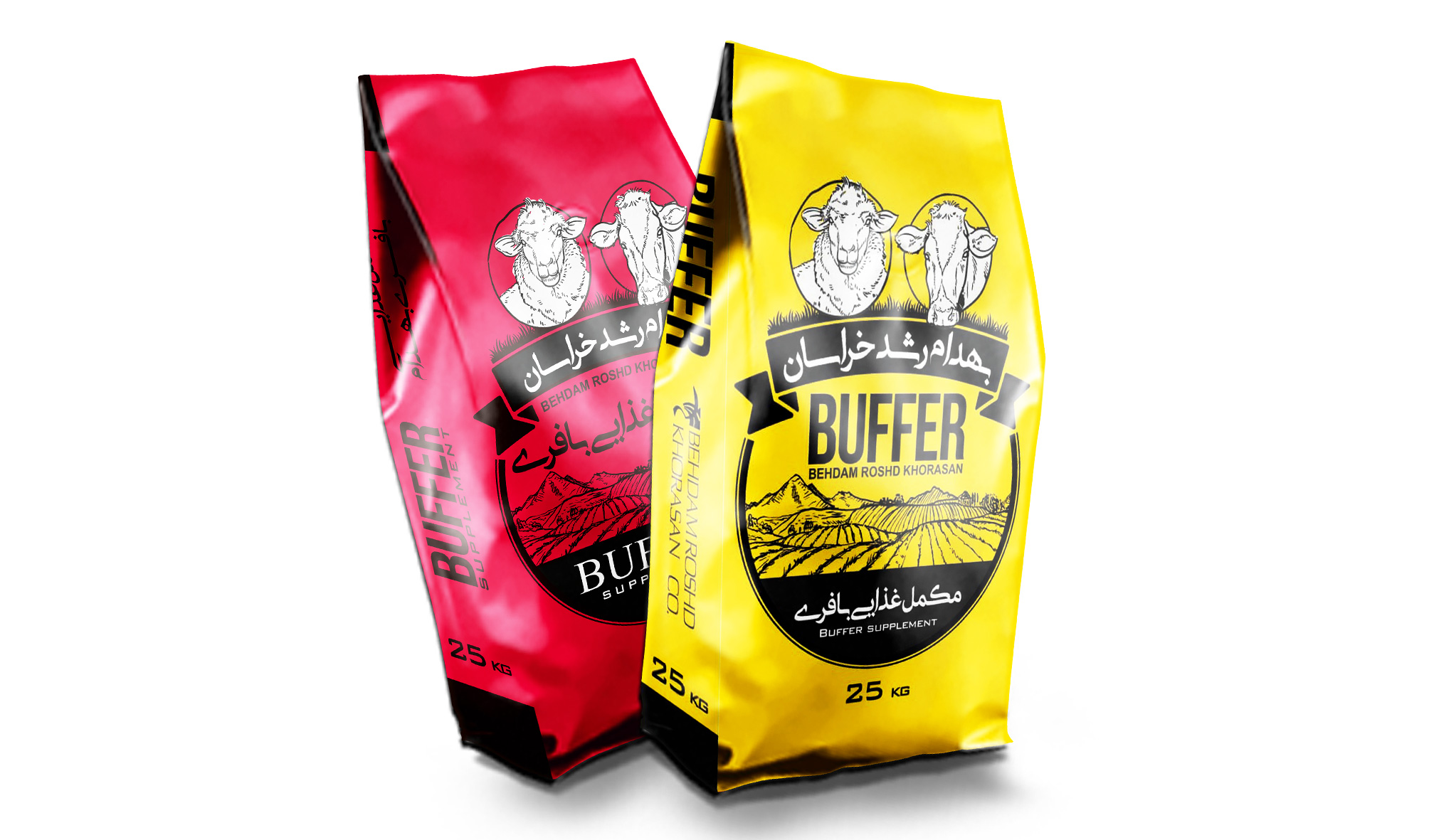Small and large intestine of lambs fed high concentrate diets
The present study was conducted with the aim of investigating the effect of chemical and microbial buffers on the histological features of the small intestine and large intestine during high concentrate feeding. 18 Arab male lambs aged 9 ± 1 months were used in a completely randomized design with three treatments and six replications. Experimental treatments include:
1- Control ration (no additives)
2- Control + 1% sodium bicarbonate buffer
3- The control was + three milliliters of Megasphaera alsdeni bacteria and two grams of Saccharomyces servicii yeast for each animal (bacteria-yeast).
At the end of the experiment, the lambs were killed and samples were taken from the small and large intestine for histomorphometric studies (length, depth, villus width and thickness of the muscle layer) and histopathology. In the duodenum and jejunum, the crypt height-to-depth ratio was numerically higher in the treatment receiving bacteria-yeast compared to other treatments.
In the ileum section, villus height, crypt depth and villus area in the control treatment (653.33, 506.67, 258.42 microns) compared to the buffer treatment (430, 328.33, 161.40 microns) and the treatment containing bacteria - Yeast (445, 365, 178.04 microns) was significantly higher (P<0.05).
In different parts of the small intestine in all three treatments, inflammation of the intestinal mucosa was observed in the form of infiltration of mononuclear inflammatory cells including lymphocytes, plasma cells with different degrees of eosinophils. In general, the use of chemical or microbial buffer additives had a positive effect on the histomorphometry of the ileum, but it did not have a positive effect on the histopathology of the small and large intestine, and no difference was observed between the effects of the bicarbonate buffer treatment and the bacteria-yeast treatment.
Authors: Ferishte Wafai Morteza Chaji Omid Khorasani Farshad Baghban
Bachelor student of animal nutrition, Department of Animal Science, Faculty of Animal Science and Food Industry, Khuzestan University of Agricultural Sciences and Natural Resources, Ahvaz-
Khuzestan University of Agricultural Sciences and Natural Resources
PhD in Animal Nutrition, Khorazmi Conservatory, Dezful, Dezful, Iran
Assistant Professor, Department of Veterinary Medicine, Islamic Azad University, Yasouj Branch, Yasouj, Iran




